The journey from Auckland to Wellington reveals the stunning diversity of landscapes and scenery found in the North Island. Within this compact area you will experience thermal regions, active volcanoes, bush clad mountains, desert regions, tranquil lakes, and dramatic coastlines. We recommend a diversion to experience the scenic gems of bush and beach on the Coromandel Peninsula.
Auckland – Coromandel (½ day)
Coromandel PeninsulaDrive south on the Southern Motorway on this voyage of discovery and enjoy the smooth traffic flow over the Bombay Hills to the turn off to S.H.2. The ancient eroded volcanic cones of the Coromandel Range soon come into view as you cross the flat dairying land of the Hauraki Plains, once a vast swamp in the original bed of the Waikato River.
Visit the historic gold mining and kauri timber town of Thames, which boasted 80 hotels in its heyday. Take a guided tour of an old mine tunnel and stamper battery before heading over the hill to the peaceful seaside resort of Coromandel. This charming town also has many gold rush memories and memorabilia, plus the enjoyable Driving Creek Railway built by a Pottery to transport clay and wood fuel for the kilns.
Coromandel – Hamilton (1 day)
Whitianga on the east coast has historic links with Captain Cook’s first visit in 1769 and is a popular game fishing base. Hahei has glorious white sand beaches and nearby Cathedral Cove has wonderful sculptured cliffs and archways. Hot Water Beach will give you the swim of your life. Plunge into the cool surf and then lie down in your own hot spa pool (you simply dig a hole in the sand). Tairua offers more pristine surf beaches and a fine view of Pauanui beach resort from the summit of Mt Paku. From here cross over the Coromandel Range and head through the Waikato Region to Hamilton.
Hamilton – Rotorua (½ day)
Waitomo CavesHamilton city sits astride the Waikato River, New Zealand’s longest waterway, and is a thriving service centre for the productive Waikato dairy blocks and racehorse stud farms. The city offers fine museums and gardens and is well placed for easy access to the world famous surf breaks at Raglan on the west coast.
Travel south on S.H.4 to Otorohanga, where you can view our flightless national emblem in the ‘Kiwi House’. Then on to the Waitomo Caves to admire water-sculptured limestone and secret grottos and gaze in awe at the star studded cavern ceilings that sparkle with a million glow worms. The underground glow-worm boat ride may whet your appetite for more exploration in the form of black water rafting. Slip on a wetsuit and helmet and enter a subterranean stream (clutching your inflated inner tube) as you drift, swim, jump and slide in its cool embrace. Cap off your day with a 100 metre abseil into a deep abyss and slither under rock overhangs and narrow passageways in eerie caves. There is no end to the depths of discovery at Waitomo.
Once you emerge into the light of day follow S.H.30 through Te Kuiti and make your way across to Rotorua for more adrenalin pumping action in our thermal wonderland. Start with the Agrodome, where you can bungy jump, jet boat, ride a cushion of air or roll down the hill inside a plastic ‘zorb’. Afterwards sit back and watch a display of dog handling and sheep shearing.
Rotorua’s range of activities and attractions is spellbinding. Glide in a gondola to the top of Mt Ngongataha, or ride the world’s highest commercially rafted waterfall on the Kaituna River (7 metres). Cruise on a lakeland paddle steamer, go trout fishing, soak in hot mineral pools or have a therapeutic facial mudpack. See boiling mud pools, hot springs and geysers at Whakarewarewa and other thermal areas. Visit the massive crater of Mt Tarawera. Immerse yourself in fascinating Maori culture at evening concert parties and traditional Maori feasts, which are prepared in underground ‘Hangi’ pits. View colourful rainbow trout in crystal clear pools at Rainbow Springs and wander through the lovely Government Gardens and Museum. The choice is endless and the fun goes on forever.
Rotorua – Turangi (½ day)
Travelling down S.H.5 from Rotorua you will pass access roads to three outstanding thermal areas. Waimangu volcanic valley offers a steaming blue lake aptly called ‘The Cauldron’ along with Frying Pan Lake and ‘The Inferno’. Waiotapu has superb terrace formations and craters including ‘The Champagne Pool’ and Lady Knox Geyser. Orakei Korako is a hidden valley of white terraces, steam vents, bubbling pools and a sacred cave. By now the term ‘Pacific Ring of Fire’ will have acquired new meaning for you.
More thermal excitement awaits at Wairakei where steam is harnessed to produce electricity. At nearby ‘Craters of the Moon’ mud pools plop, and steam vents roar. The mighty Waikato River thunders through a narrow chasm at the spectacular Huka Falls. Below the falls are bush-walks, steamboat and jet boat rides and facilities for sampling delicious prawns and locally made honey.
Lake Taupo is our largest lake, filling a volcanic crater that produced the largest eruption in recorded history around 186 AD. Snow-capped mountains form a distinctive backdrop to the lakeside scene with the peaks of Ruapehu, Tongariro and Ngaruahoe visible on the skyline. Adventure activities rule here, including the Taupo bungy, jet boating, sky diving, rafting and kayaking. The rainbow and brown trout fishing in the lake and feeder streams is reputed to be the best in the world. Taupo has a classy restaurant and café scene. Also a range of public thermal spa resorts.
Turangi is the gateway to the Central Volcanic Plateau and the Tongariro National Park World Heritage Area. The town caters for thousands of dedicated trout fishermen who are drawn to the renowned Tongariro River. Take a day trip from here to Whakapapa Village on Mt Ruapehu to do the walking tracks – Taranaki Falls, Silica Springs, Tama Lakes and Mangatepopo Valley. The Tongariro Crossing tramp is one of the finest one day walks on earth.
Turangi – Wellington (1 day)
As you leave the Lake Taupo behind, S.H.1 makes a rapid transition from lush green pasture to arid semi-desert. The Desert Road affords great views of Mt Ruapehu but this barren ‘moonscape’ supports little life other than wild horses. The desert fulfils a useful function as a training ground for the nearby Waiouru Army Base. As you pass through Waiouru township you will notice stark concrete walls. This is the New Zealand Army Museum, which has top quality military exhibits. It is well worth a visit. On the route south are some interesting rural towns. Taihape was once a popular cafeteria stop on the Main Trunk Railway and Mangaweka has a novel café in an elevated DC.3 airliner. The town of Bulls marks the junction with S.H.3, and provides the opportunity to take a side trip to the ‘River City’ of Wanganui, and the ‘Energy City’ of New Plymouth (the hub of a thriving oil and gas drilling region).
Mt Egmont (also known as Mt Taranaki) rises abruptly out of the groomed dairy pastures of the Taranaki region. The peak is our most climbed mountain above 2,500 metres but the changeable weather patterns make it advisable to climb in a guided party. The three mountain access roads lead to fine viewpoints and bush walks in the luxuriant rainforest. While in the area be sure to visit New Plymouth’s famous Pukekura Park, noted for its picturesque lake and many varieties of rhododendrons. Another local attraction not be missed is the Tawhiti Museum just outside Hawera, which depicts pioneer activities with the most lifelike figures you have ever seen.
Continuing south on S.H.1 from Bulls take time to visit the excellent Air Force Museum at Ohakea and the Southward Car Museum near Waikanae. The Car Museum is the largest collection of vintage cars in the Southern Hemisphere and features an amazing variety of vehicles dating back to an 1895 ‘Horseless Carriage’. While you are attuned to transport memorabilia more delights await at the McKay’s Crossing Tramway Museum, and the display of restored steam locomotives at Paekakariki Station. After this surfeit of transport nostalgia it takes a little time to return to the 21st Century. By then you will be entering the Porirua motorway system and soon descending the Ngauranga Gorge to the breathtaking views of Wellington Harbour and the city skyline.
The nation’s capital city is compact and easy to get around. Hop aboard the Kelburn Cable Car to enjoy the harbour views and visit the Botanic Gardens. Take a look at the distinctive Beehive parliament building and the old Government buildings. Stroll along the open air esplanades around the waterfront to Te Papa Museum, one of the world’s newest and largest museums featuring a realistic sample of the New Zealand bush environment and also Maori and European cultural exhibits. The city’s slogan ‘Absolutely Positively Wellington’ gives a hint of the civic pride and enthusiastic welcome visitors can expect in the capital.

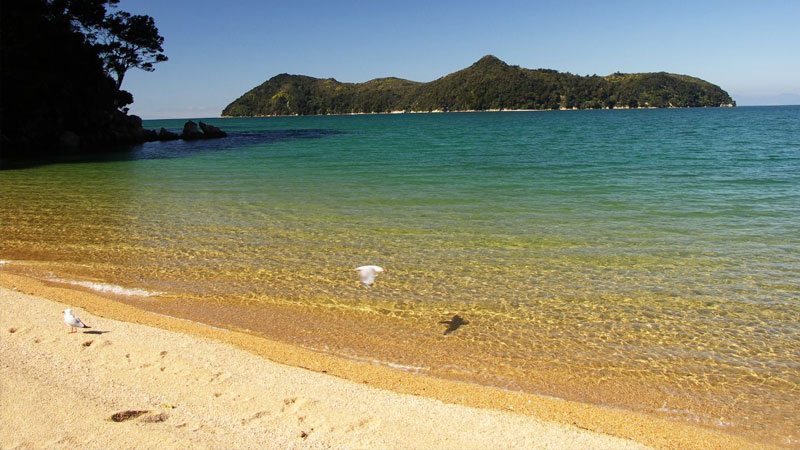
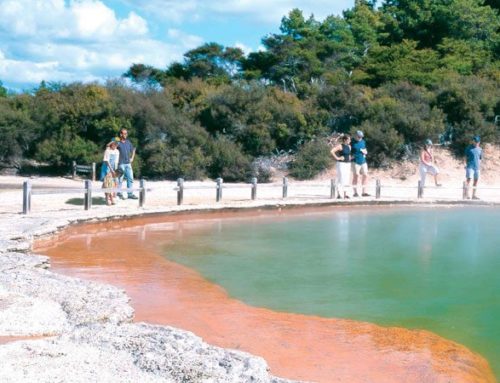
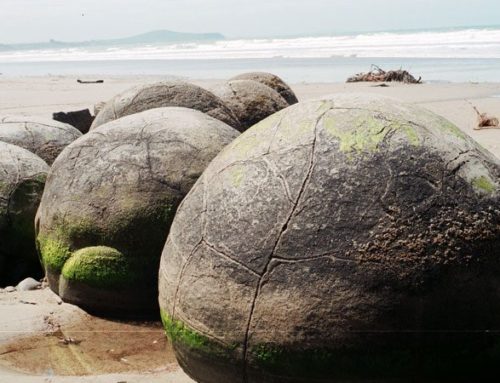
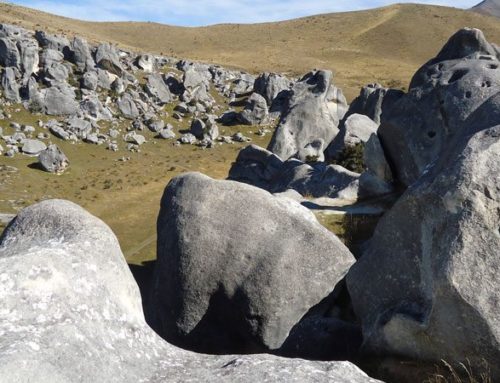
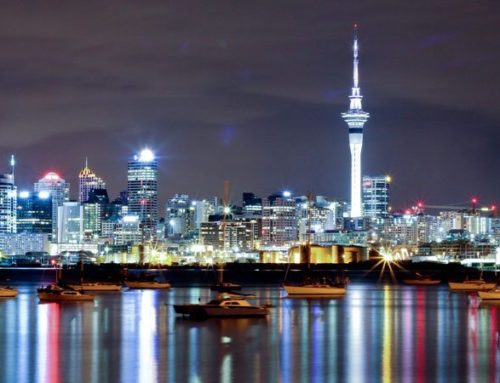
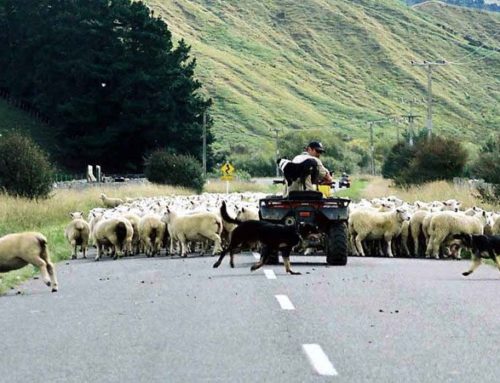
Leave A Comment